Hello science lovers .........?
How are you ...........?
I pray we are all given abundant health and wealth
In this post, I will present the process of change or maturation that occurs in bananas, the science of banana plants I get on learning "Horticulture Processing Technology" when I was in the study room.
Why do I choose a banana ....?
As we know, banana is one of the many fruits favored because of its sweet taste and its many benefits. Bananas become one fruit with many variations of processed. Usually, in addition to direct consumption, bananas are also widely used as by-products. The most common for example made into banana bread, banana juice, banana chips and very many products that menggukan banana as the main ingredient of production.
What is my purpose in the study of the process of banana ripening ....?
The general public usually only knows the signs of fruit maturity in general. The signs must be known to harvest time and can be consumed properly. In addition to the signs of maturity, it seems no loss if we also know why there can be physical changes in the fruit during the maturation process.
Banana plants in scientific language are Moses Paradisiaca
Scientific classification
| fylum | Spermatophyte | ||||||||||||||||
| class | Angiospermae | ||||||||||||||||
| class | Angiospermae | ||||||||||||||||
| Ordo | Scitaminae | ||||||||||||||||
| Family | Musaceae | ||||||||||||||||
| Genus | Musa |
| Sodium | 42 mg |
| Lime | 0.6 mg |
| Sulfur | 12 mg |
| Potassium | 373 mg |
| Magnesium | 31 mg |
| Brass | 0.2 mg |
| Chlorine | 125 mg |
| Iodine | 0.003 mg |
Bananas are still green skin but are optimally aged, containing 21-25% starch. And in the process of fruit maturation, the content of starch will decrease.
The Process of Banana Fruit Maturation
During maturation, the fruit undergoes some noticeable changes to the texture, odor and color of the skin indicating a change in the arrangement.
Palmer (1971) argues that the indicator of banana maturity is the color of the fruit shell changes from green and then begins to turn yellow and begin to increase ethylene. Significant changes are changes in water content, respiration rate, acidity, carbohydrates, pectin, protopectin and tannins.
Fruit Skin Color Changes
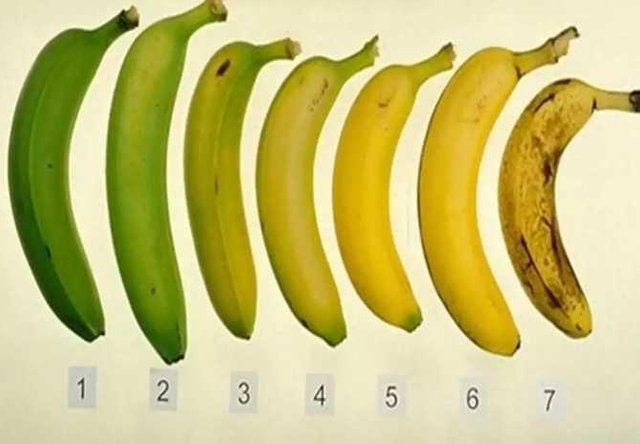
The first fruit maturity color is the loss of green color. Yellowing of the banana occurs due to the loss of chlorophyll without or only a little formation of carotenoid substances in pure.
Some authors report that chlorophylase enzymes responsible for chlorophyll breakdown
The hydrolytic activity of chlorophyllase that splits chlorophyll into phytol and core porphyrin. Chlorophyll, especially in the acidic atmosphere can also the silence of Mg ++ ions present in the center of the porphyrin group and turn into feofitin, then the color changes occur. But not the loss of color.
Aroma Changes
Maturation usually increases the amount of simple sweet-tasting sugars, the decrease of organic acids and phenolic compounds that reduce the taste of sepet and acid, and the increase of essential flavors that give the flavor unique to the fruit.
The change of fatty acids during banana maturation has been investigated by Ueda et al. 1970. The results show that the fruit contains acetic, propionate, isobutyrate, and isivaleric acids in both free and bonded form. The free isobutyrate acid, butyric and isovaleric acids are increasing rapidly and the feeding time coincides with the aroma of the fruit.
Hydraulic Amylum
Hydrolysis Perfect amylum by an acid or a specific enzyme to the polysaccharide produces a monosaccharide or its derivative compound.
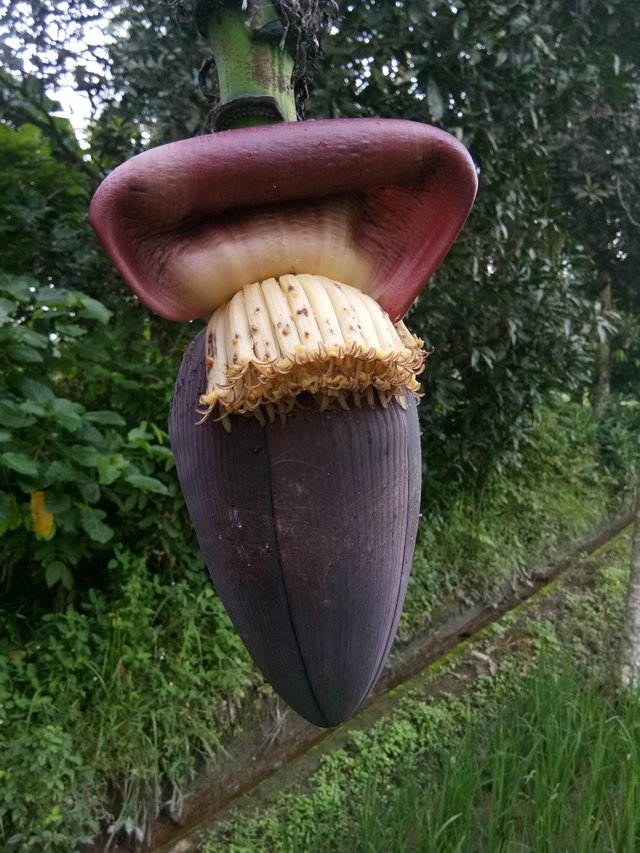
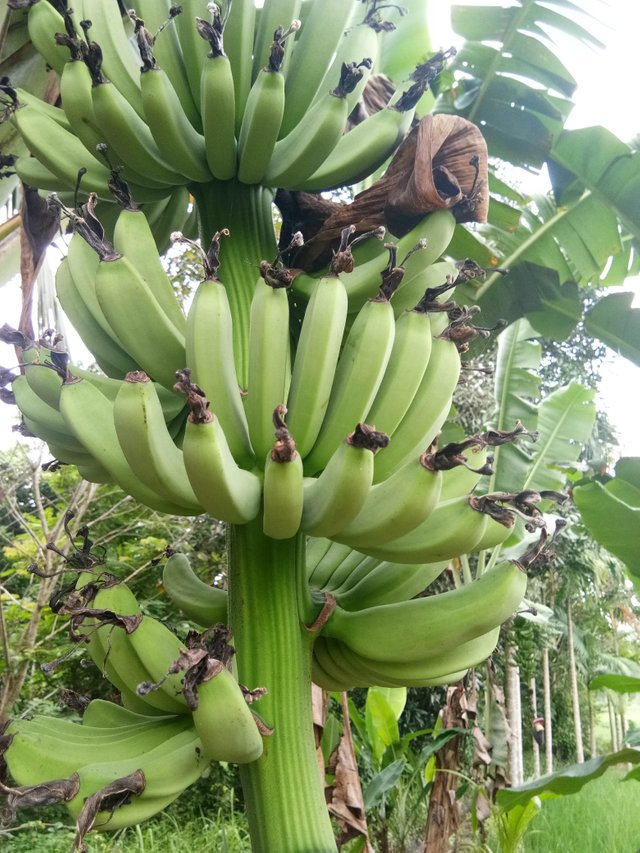
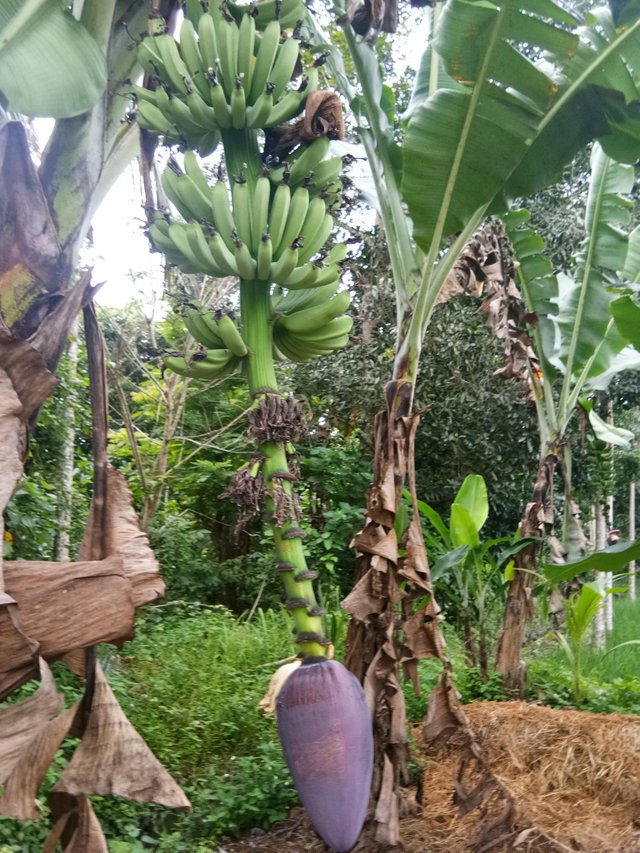
That is information about several factors causing the fruit ripening process. Now know what's happening actually at the time of the fruit ripening process that almost every day we consume. May be useful
Thanks for reading
Follow @rabo
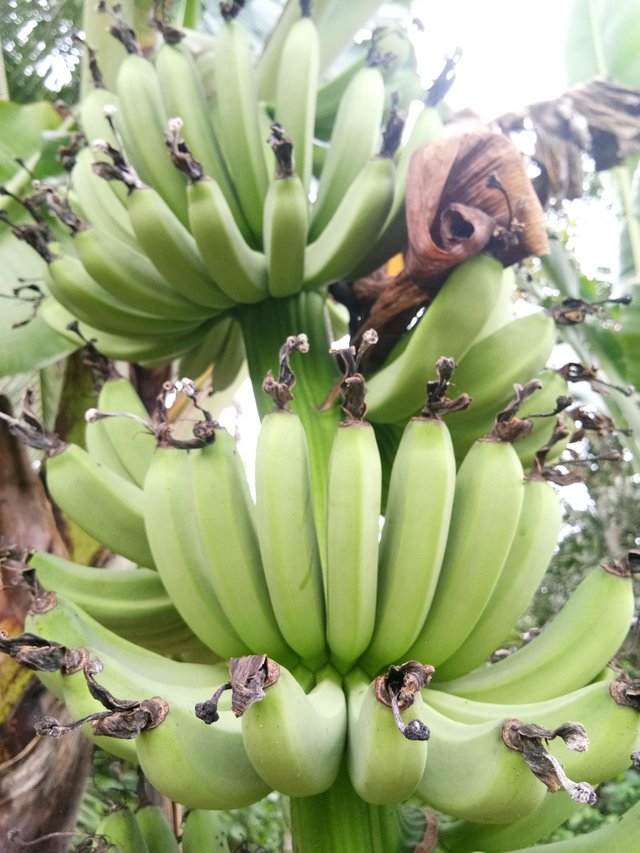
7.28% @pushup from @rabo
Downvoting a post can decrease pending rewards and make it less visible. Common reasons:
Submit
Great post! I determine if its ripe by seeing the spots, feeling that it is soft, and smelling the sweetness.
Downvoting a post can decrease pending rewards and make it less visible. Common reasons:
Submit
@originalwork
Downvoting a post can decrease pending rewards and make it less visible. Common reasons:
Submit
Lagak that boh pisang nyan
Downvoting a post can decrease pending rewards and make it less visible. Common reasons:
Submit
Hahahah thank-you bang
Downvoting a post can decrease pending rewards and make it less visible. Common reasons:
Submit
nicesek
Downvoting a post can decrease pending rewards and make it less visible. Common reasons:
Submit